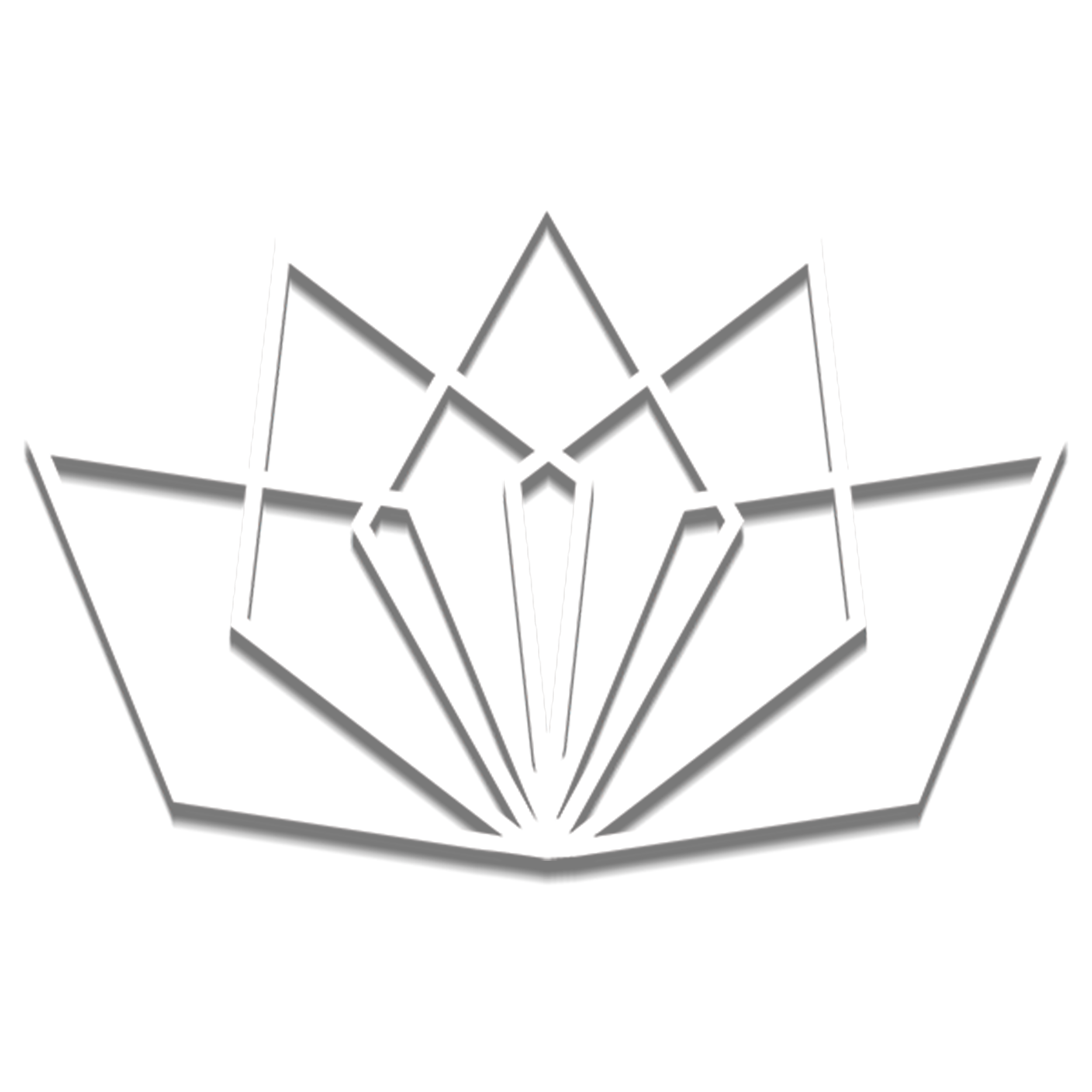What the Dream Catcher Actually Means and Why It's Not a "Cute Decoration"
Web of Wonder | Rachel Bishop
Dream catchers have made a comeback. No longer an exclusive Native American icon, dreamcatchers can be seen on phone covers, necklaces, clothes, tattoos and a number of other products. Aesthetically it’s understandable; they’re attractive, they involve dreams and have beautiful beads or feathers attached to a round intricate woven net. But what is the real meaning behind dream catchers and should consumerist culture be profiting from Native American culture?
Authentic dream catchers are made with a wooden hoop, usually made out of willow, and often have sacred objects (beads, feathers) hanging beneath the center of the circle. Some have leather wrapped around the wooden portion which is often an indication of its authenticity. The Ojibwe tribe is responsible for the creation of the spiritual item and their inspiration originates from spiders, which is why the woven thread in the center of the dream catcher resembles a spider web. The thread often connects to the hoop in eight points as a tribute to the eight legs of a spider.
Unlike other cultures, Native Americans have considered spiders to be protectors. In fact, during their origin, Native Americans believed in a mystical Spider Woman whose job was to protect and take care of children as well as other members of the tribe. As the tribe grew and migrated to expand farther around the country, she was no longer capable of protecting the entire tribe. As a result, she created the dream catcher as a way of protecting the growing tribe. Because of this belief, mothers and grandmothers started recreating the dream catcher and it evolved into a maternal memento.
For the most effective results, the dream catcher should hang above the crib or bed and must be exposed to sunlight. It functions by filtering the good dreams from the bad dreams; it captures bad dreams and only allows good thoughts and dreams to enter the unconscious mind. While the bad dreams are trapped in the webbed portion of the dream catcher, the good dreams trickle down the hanging feathers and beads to soothe and calm the person sleeping. Early in the morning with the first rays of sun, the bad dreams disappear and the child will have had a good night sleep.
Although dream catchers appear in many different shapes and sizes, real dream catchers are small and particularly hard to find. Most dream catchers found now are not authentic because they are not crafted by mothers, and are not constructed with the appropriate materials.
As fun as it is to sport a cool dream catcher, we need to realize that this keepsake of Native American culture is more than just a fashion statement. The dream catcher is a sacred symbol, a mother’s blessing to her children for peace and positive energy.
